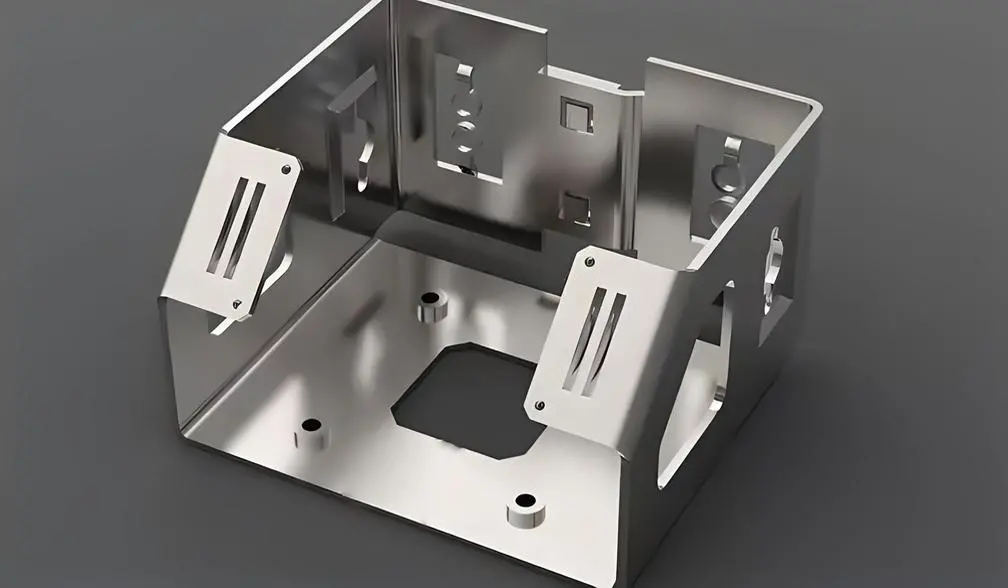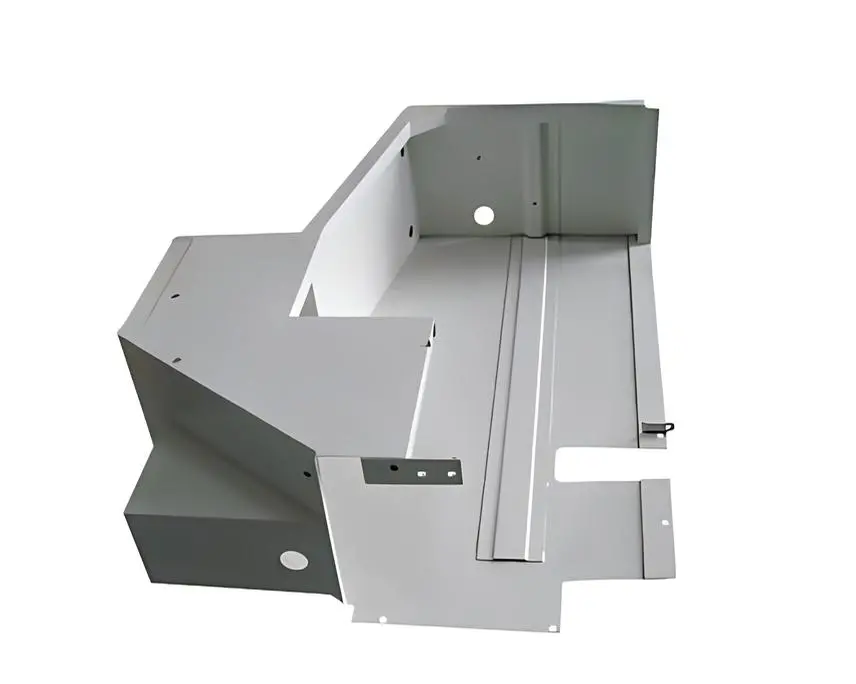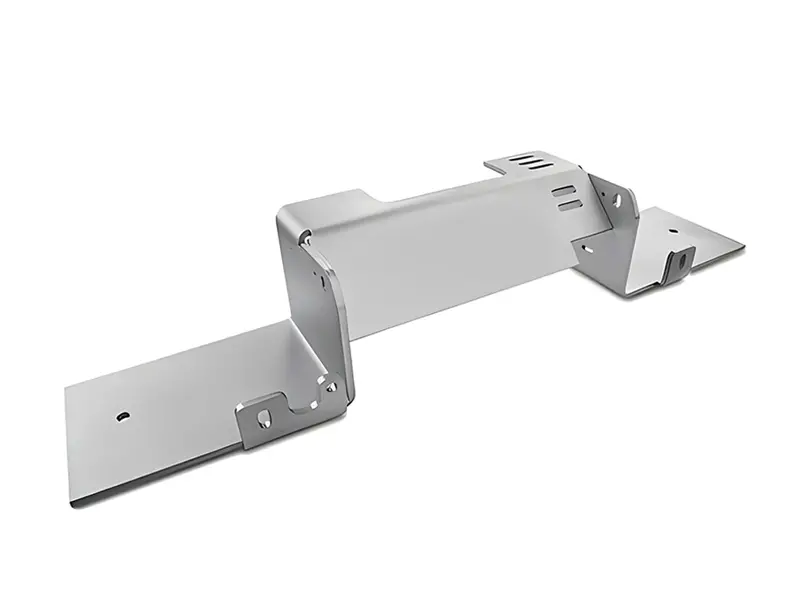Bending
Sheet Metal Bending Process
Bending is one of the most common sheet metal manufacturing processes. The sheet metal bending process refers to the process of changing the angle of the plate, such as bending the plate into a V shape, U shape, etc.
Generally speaking, there are two methods for sheet metal bending processes: one method is mold bending, which is used for sheet metal structures with complex shapes, small sizes, and mass processing; the other is a processed bending machine, which is used for relatively large structural dimensions.

The basic principles of metal bending processing sequence:
(1) Bending from inside to outside
(2) Bending from a small angle to a large angle
(3) Bend special shapes first, then finish simple shapes.
(4) There will be no impact or interference between the previous process and the subsequent processes.
Several types of bending in sheet metal
There are quite a few different methods for the sheet metal bending process. Each method has its advantages. Simple methods are more flexible, and most importantly, require fewer different tools to finish the process.
- V-shape bending
V-shape bending is the most common bending method by using punches and dies. V shape bending including hit bottom, air bending, and coining. Air bending and hit bottom methods are approximately 90% in all V-shaped bending works.
- U-shape bending
In principle, U shape bending is very similar to V-shape bending. There is a die and a punch, which are both U-shaped and then create a similar bending. It is a very simple bending method for U-channels steel, but is not common because this method is always instead of other more flexible methods.
- Roll bending
Roll bending is a method used to bend sheet metal into a rolled or curved shape. Roll bending uses a hydraulic press, a bending machine, and three sets of rollers to finish the different bending or large round bending. Roll bending can manufacture tubes or different shapes of cones
- Wipe bending
Wipe bending is another method of bending sheet metal edges. It is important to ensure that the sheet metal is pushed onto the wiper die correctly. Therefore, wiping mold also determines the inner radius of the bending part. The amount of slack between the wipe die and punch plays a significant role in getting good results.
- Rotational bending
Another way to bend edges is rotational bending. It has a big advantage over wipe bending or V-shape bending, that is it will not scratch the surface of the parts. Rotary tube benders can also bend angles that are sharper than 90 degrees. This helps a lot for common angles because kickbacks can be avoided.
- step bending
In the metal bending process, the step bending essentially is the repeating V-shape bending, also called bump bending. It uses many V-shaped bends in succession to obtain a large radius for the part.
The applications of the metal bending process


1. Electronic industry
In the production process of electronic equipment such as computers, televisions, and audio equipment, many casings and support structures need to be produced through the metal bending process.
2. Aerospace industry
The metal bending process is always used in various shell parts and high-precision internal structural parts for the aerospace industry.
3. Automotive industry
Many automotive parts, such as bodies, doors, roofs, and hoods need to be produced by the sheet metal bending process. Many metal parts require sheet metal bending processes to produce different shapes and sizes.
4. Energy industry
The metal bending process plays an important role in the production of metal frames for the energy industry such as in the manufacturing of windmills and solar cells.
With the development of emerging industries, the demand for customized products will increase. Customized metal products are inseparable from the sheet metal bending process. At DMTC, we can provide the best sheet metal bending process service for all customers no matter big quantity or small quantity. Don’t hesitate to send us your inquiries!
